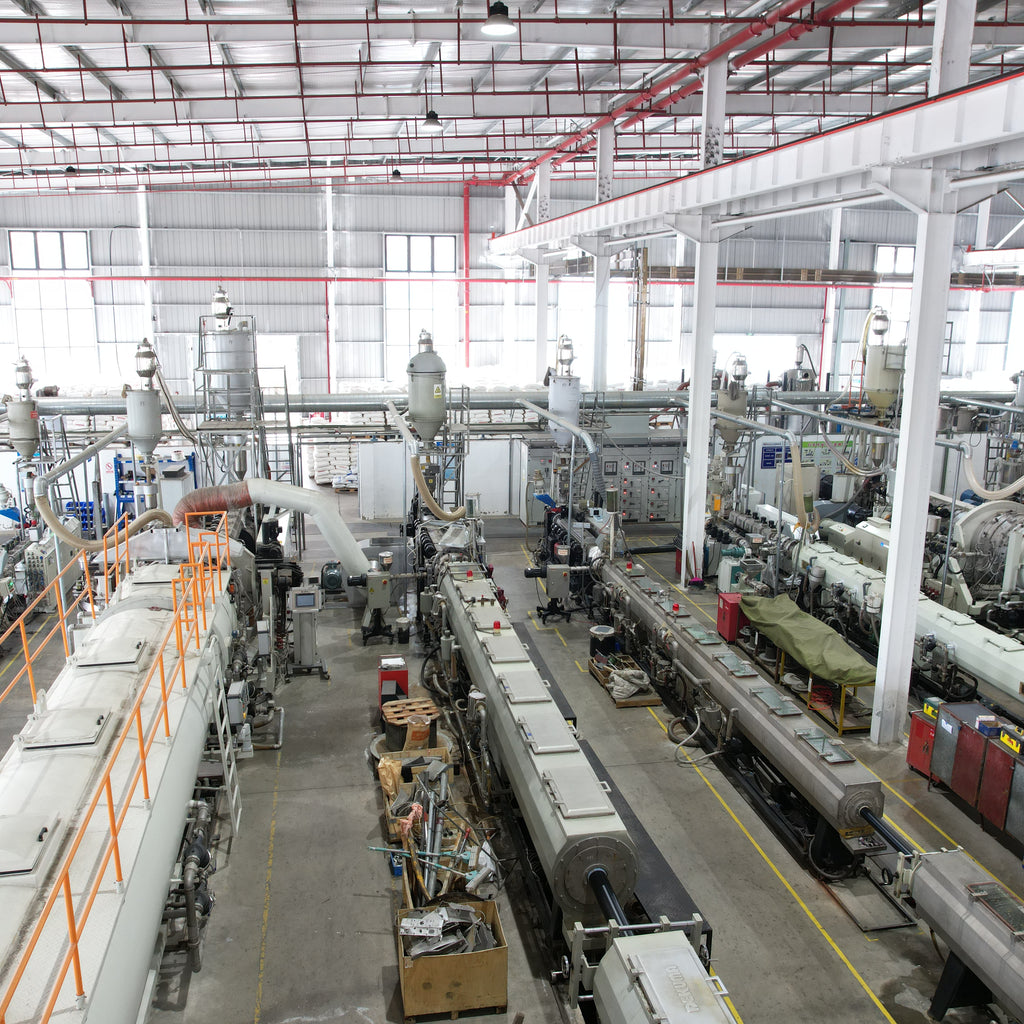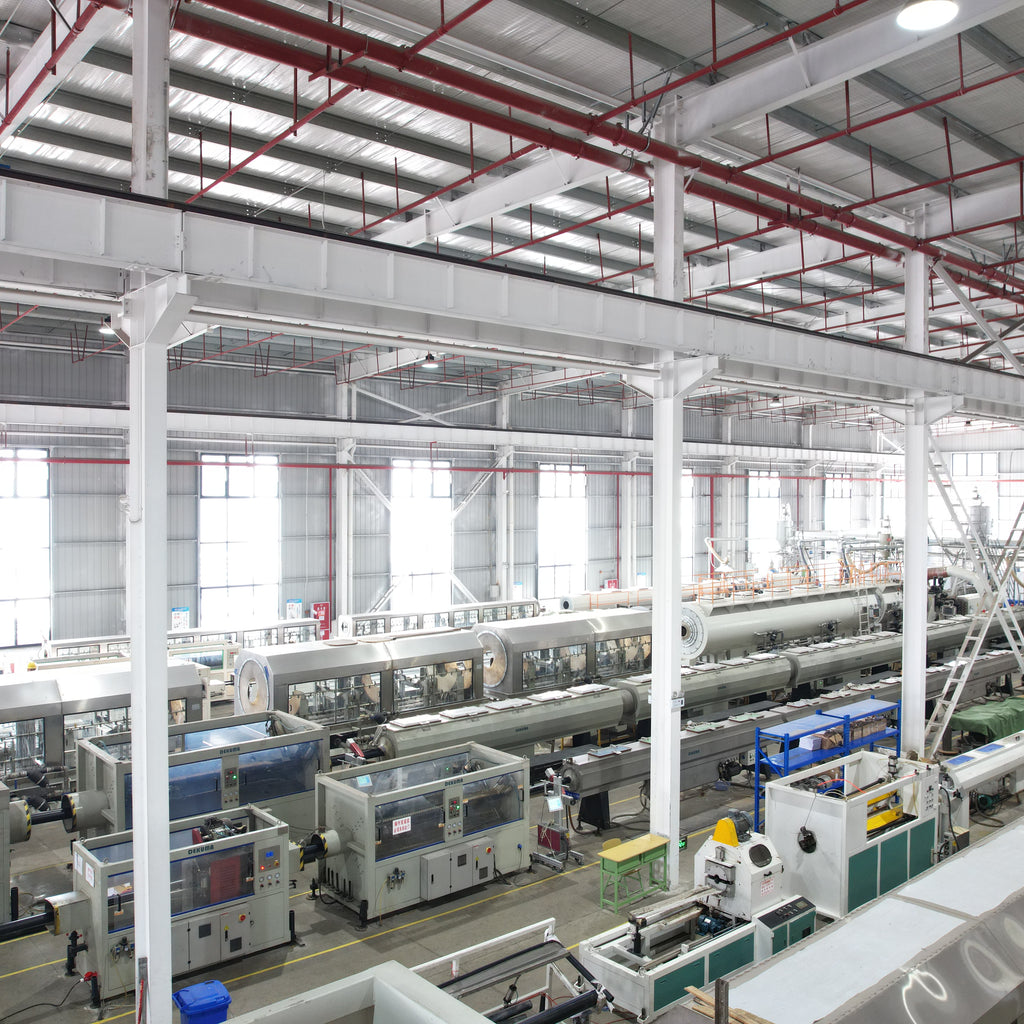The 8th China International Pipeline Conference (CIPC), set to kick off in Beijing on April 8–10, is poised to become a pivotal platform for global pipeline stakeholders navigating energy security and decarbonization. With the theme "Green, Smart, Integrated, and Sustainable," the event will host over 3,500 delegates from 50+ countries, including top executives from BP, TotalEnergies, and CNPC, alongside 500 exhibitors showcasing cutting-edge technologies across 22,000㎡ of exhibition space.
Key agenda items include hydrogen-doped pipeline feasibility, digital twin applications, and cross-border infrastructure collaboration. Notable speakers will address challenges in multi-energy transport networks, with China’s National Energy Administration expected to outline guidelines for blending 5% hydrogen into natural gas pipelines by 2030. The conference also coincides with the 26th China International Environmental Protection Exhibition in Shanghai (April 21–23), highlighting synergies between pipeline innovation and urban water/wastewater infrastructure renewal.
In a landmark transaction, private equity firm Apollo Global Management agreed to acquire a 25% non-controlling stake in BP Pipelines for $1 billion, gaining exposure to BP’s 12% interest in the Trans Anatolian Natural Gas Pipeline (TANAP). Slated for completion in Q2 2025, the deal strengthens TANAP’s role as a key artery for Azerbaijani gas exports to Europe, bypassing Russia amid geopolitical tensions. With a capacity of 16 bcm/year, TANAP is integral to the EU’s "Southern Gas Corridor," reducing dependency on Russian supplies and supporting Türkiye’s ambition to become a regional energy hub.
Thailand’s Interconnect Pipeline Nears Completion:
中国石油管道局 (CPP) is finalizing the 70.8 km Thailand Interconnect Pipeline, linking the country’s 1st and 7th natural gas processing plants. The project, navigating dense urban infrastructure and 18 regulatory jurisdictions, will boost Thailand’s gas transmission capacity by 25%, ensuring stable supplies for industrial zones and power grids.
Russia-China Far East Pipeline Advances:
Construction on the 10 bcm/year "Far East Line" accelerated, with CPP deploying automated welding tech to tackle Siberian permafrost. Scheduled for 2027, the pipeline will diversify China’s gas imports while enabling Russia to pivot from EU markets to Asia.
U.S. Midstream Consolidation Continues:
DT Midstream’s $1.2 billion acquisition of Guardian Pipeline, Midwestern Gas Transmission, and Viking Gas Transmission underscores North America’s push to modernize aging networks. The deal adds 3.7 Bcf/d capacity across seven Midwestern states, aligning with growing demand for gas-to-power transitions.
Mexico-U.S. Hydrogen Pipeline Vision:
Mexican energy minister Rocío Nahle revealed plans to co-develop a cross-border hydrogen pipeline with U.S. firms, leveraging Mexico’s renewable energy potential to supply California’s decarbonization goals. The project could become Latin America’s first large-scale hydrogen transport network.
With Ukraine halting Russian gas transit in January 2025, Europe’s reliance on Russian pipeline gas plummeted to 5% (from 40% in 2021). The void is being filled by U.S. LNG (46% of EU imports in 2024) and regional projects like the 10 bcm/year Baltic Pipe (Poland-Denmark), which reached full capacity in Q1 2025. Meanwhile, the 22nd Russian International Pipe Expo (Moscow, June 3–5) will showcase domestic innovations amid Western sanctions, focusing on corrosion-resistant alloys for Arctic pipelines.
Industry Outlook
By 2026, global pipeline investments are projected to hit $210 billion, driven by three megatrends:
-
Energy diversification: Hydrogen and CO2 transport networks emerge as critical infrastructure.
-
Geopolitical realignment: Asia-Pacific and Middle East projects overtake Europe in capacity additions.
-
Digital-first operations: AI-driven predictive maintenance adopted by 75% of operators, cutting downtime by 40%.
As CIPC 2025 approaches, the industry stands at a crossroads—balancing legacy hydrocarbon infrastructure with green transitions, while navigating shifting global power dynamics.



